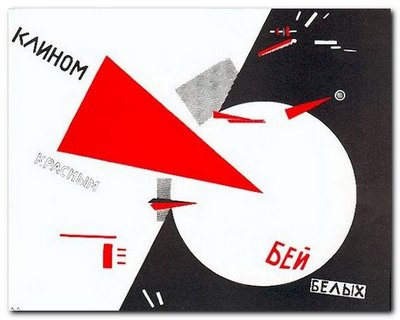married life in London literary circles 1900-1939
Most people know about the strange personal relationships which existed amongst the Bloomsbury Group, of whom it was said that they were a “a circle of friends who lived in squares and loved in triangles.” But the truth is that many other people in the artistic and literary circles of the period 1910-1930 were making what might politely be called ‘experiments in living’, or less politely, ‘having your cake and halfpenny as well’. In Uncommon Arrangements Katy Roiphe takes six examples of marriages and partnerships which were tested almost to the limit. These people were consciously overthrowing the restraints they felt Victorian and Edwardian mores were placing upon personal liberty – particularly the right to have sex with whoever one chose.
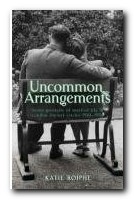 Her examples include H.G.Wells whose wife Jane tolerated his long string of mistresses, including Rebecca West, the one featured here. Katherine Mansfield gave as good as she got from her faithless husband John Middleton Murry. The feisty Elizabeth von Armin (Katherine Mansfield’s cousin) clung masochistically to Earl Russell, even whilst he treated her with disdain and physical violence. Vanessa Bell lived with her lover Duncan Grant, who was a homosexual. Una Troubridge performed a slavish role as wife and helpmeet to her lesbian ‘husband’ Radcliffe Hall, whilst Hall (who called herself ‘John’) enjoyed a nine year affair with a young Russian Evguenia Souline.
Her examples include H.G.Wells whose wife Jane tolerated his long string of mistresses, including Rebecca West, the one featured here. Katherine Mansfield gave as good as she got from her faithless husband John Middleton Murry. The feisty Elizabeth von Armin (Katherine Mansfield’s cousin) clung masochistically to Earl Russell, even whilst he treated her with disdain and physical violence. Vanessa Bell lived with her lover Duncan Grant, who was a homosexual. Una Troubridge performed a slavish role as wife and helpmeet to her lesbian ‘husband’ Radcliffe Hall, whilst Hall (who called herself ‘John’) enjoyed a nine year affair with a young Russian Evguenia Souline.
The examples might reflect only the author’s tastes and enthusiasms, but in all of them the men come out worst as monsters of egoism, opportunism, double standards, and worse.
H.G. Wells treated his wife like a doormat, pleading that she could not meet his sexual needs, and all the time protesting that he loved her dearly. John Middleton Murry left his wife Katherine Mansfield on her own when she was suffering a terminal illness, and wrote endless letters saying how much he missed her. And Earl Russell (Bertrand Russell’s brother) engaged not one mistress alongside his marriage, but two. The same was true of Philip Morrell, who announced to his wife Ottoline that both his mistresses were pregnant, in the hope she would help him out of an embarrassing scrape – which she did.
The one exception she explores is Vanessa Bell, who managed to keep her husband Clive Bell, her lover Duncan Grant, and her ex-lover Roger Fry co-existing as friends together under the same roof without any overt friction.
Katy Roiphe reveals the facts and recreates dramatic episodes of these people’s lives in a successful journalistic manner, but when it comes time to analyse contradictory behaviour she often retreats behind rhetorical questions. Why did X tolerate this? Why did Y never leave him/her?
Her evidence for these accounts comes from what they left behind in letters and diaries. This is a slightly risky procedure, because what they said needs to be placed in its context. The motivation for saying something needs to be taken into account, and contradictions with other evidence noted.
But there’s a more obvious and serious weakness in her approach: it’s that she fails to recognise the legal and economic basis of marriage, and (to quote Frederick Engels) its relationship to the family, private property, and the state. She is more interested in comparing these social pioneers with the plight of contemporary relationships. As she rightly observes
Marriage is perpetually interesting; it is the novel that most of us are living in.
Of course, as Victoria Glendenning has observed, “physical fidelity was not greatly valued in the marriages of the British upper classes” – which is true, so long as the all-important conventions of inheritance are not disturbed. The niceties and social concerns of who couples with whom are something of a smokescreen; they are the superstructure of which concern for preserving inherited capital are the base. And as soon as we look at the economic foundations of these relationships, many of the mysteries evaporate immediately.
Jane Wells tolerated her husband’s flagrant infidelities because he was rich and kept her in economic security. Elizabeth von Armin kept the receipts for items she purchased for her own home, so as to be able to prove ownership in the event of a dispute with her husband Earl Russell – a dispute which did eventually take place in the courts of law.
Una Troubridge clung to her humiliating position as Radcliffe Hall’s lesbian ‘wife’ for nine years, and was rewarded by being made Solo Executrix to Hall’s will – whereupon she took economic revenge on her former rival.
In fact these cases of strange arrangements could have been made more acutely with other examples. She could have included Harold Nicolson and Vita Sackville West, as well as Leonard and Virginia Woolf, both of whose marriages tolerated sexual plurality (though Virginia’s tolerance was never tested) as well as the most extraordinary union between Dora Carrington and Ralph Partridge, who lived together with the man they both loved, Lytton Strachey.
It might be that the solution found by Harold Nicolson and Vita Sackvill-West was easier to tolerate. They both had lovers of the same sex. Does this leave people less existentially threatened? (to sound for a moment like Katie Roiphe). But when Vita ‘eloped’ with Violet Trefusis, Nicolson and Dennis Trefusis chartered an airplane and flew across the Channel to bring them back.
This book raises a number of contentious issues which are still of interest today. Ho does one reconcile the desire for sexual freedom with the comforts and protection of pair-bonded monogamy? Can women ever have the same sort of freedoms as men unless they have economic independence?
It’s a readable and very stimulating narrative, but it lacks a serious theoretical underpinning – though she does in the end show that many of her chosen examples, no matter how radical they appeared to be on the surface, were at a structural level clinging to the Victorian conventions they thought they were rebelling against. After all, the Bloomsbury radicals were still summoned to breakfast, luncheon, and dinner by bells rung by servants at fixed times throughout the day.
But readers who don’t already know the shenanigans and the apparently ‘curious arrangements’ of this sub-group will be very entertained. This book doesn’t pretend to answer any of these questions, but it presents examples of pioneers who thought the struggle worth fighting for.
© Roy Johnson 2008
Katie Roiphe, Uncommon Arrangements, London: Virago, 2008, pp. 343, ISBN 1844082725
More on lifestyle
More on biography
More on the Bloomsbury Group
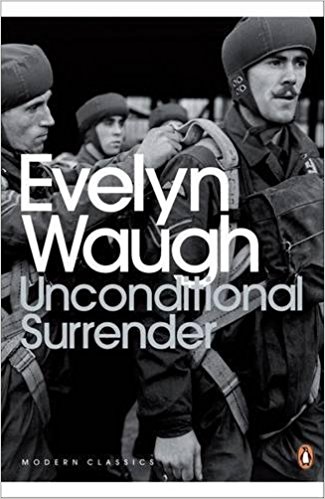
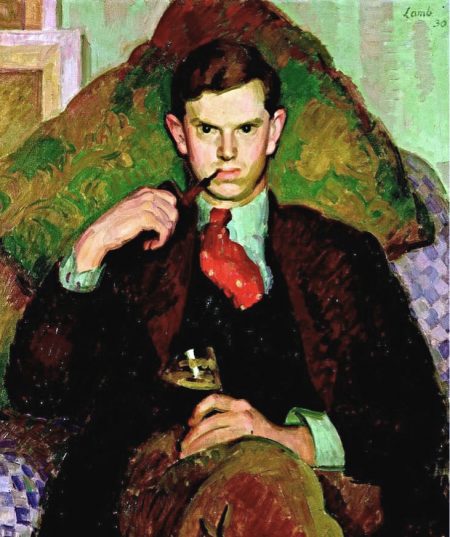
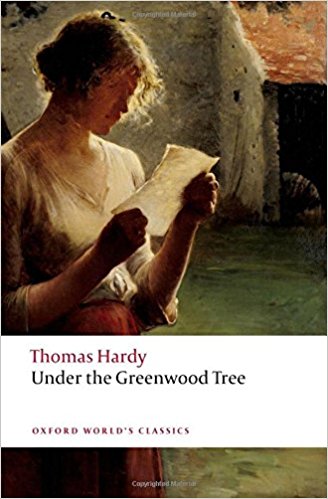
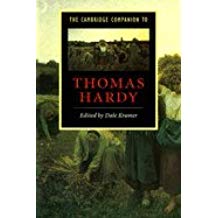
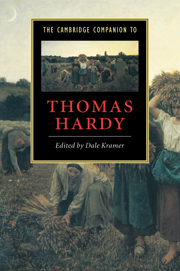

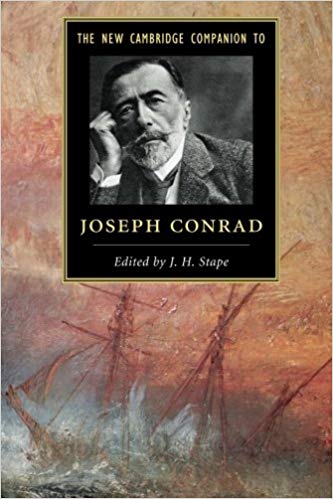

 The Cambridge Companion to Joseph Conrad
The Cambridge Companion to Joseph Conrad 
 The Complete Critical Guide to Joseph Conrad
The Complete Critical Guide to Joseph Conrad Nostromo
Nostromo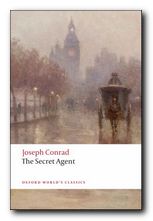 The Secret Agent
The Secret Agent
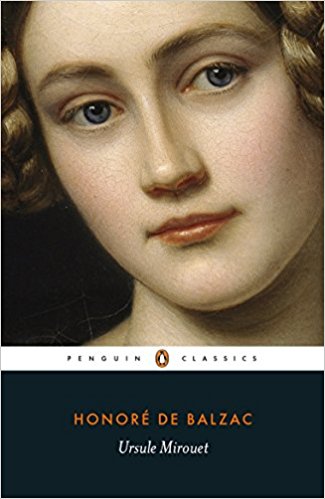
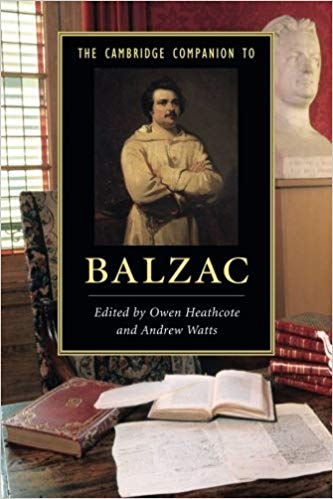

 Vanessa Bell (1879-1961) is best known as the sister of
Vanessa Bell (1879-1961) is best known as the sister of 
 Clive Bell came to visit his sons, and Virginia and Leonard Woolf lived only four miles away. Other guests included
Clive Bell came to visit his sons, and Virginia and Leonard Woolf lived only four miles away. Other guests included 

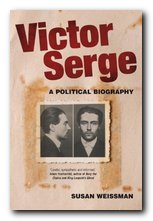
 Serge was arrested in 1933, held in solitary confinement, and interrogated endlessly, accused of ‘crimes’ based on the confessions of others which the GPU had actually written. Refusing to co-operate with his captors, he was exiled to Orenberg on the borders of Kazakhstan. He lived there with his son Vlady for the next three years, cold, hungry, and under constant surveillance – but at least free to write. He produced Les Hommes perdus a novel about pre-war French anarchists, and La Tourmente, a sequel to Conquered City. He despatched several copies to Romain Rolland for publication in Paris, but they were ‘lost’ in the post. Ironically, the Post Office was obliged to compensate him for each loss, and he earned ‘as much as a well-paid technician’. He shared the money he earned and the support he received from western Europe with his fellow exiles – on one occasion dividing a single olive with his fellow inmates, who had never tasted one before.
Serge was arrested in 1933, held in solitary confinement, and interrogated endlessly, accused of ‘crimes’ based on the confessions of others which the GPU had actually written. Refusing to co-operate with his captors, he was exiled to Orenberg on the borders of Kazakhstan. He lived there with his son Vlady for the next three years, cold, hungry, and under constant surveillance – but at least free to write. He produced Les Hommes perdus a novel about pre-war French anarchists, and La Tourmente, a sequel to Conquered City. He despatched several copies to Romain Rolland for publication in Paris, but they were ‘lost’ in the post. Ironically, the Post Office was obliged to compensate him for each loss, and he earned ‘as much as a well-paid technician’. He shared the money he earned and the support he received from western Europe with his fellow exiles – on one occasion dividing a single olive with his fellow inmates, who had never tasted one before.